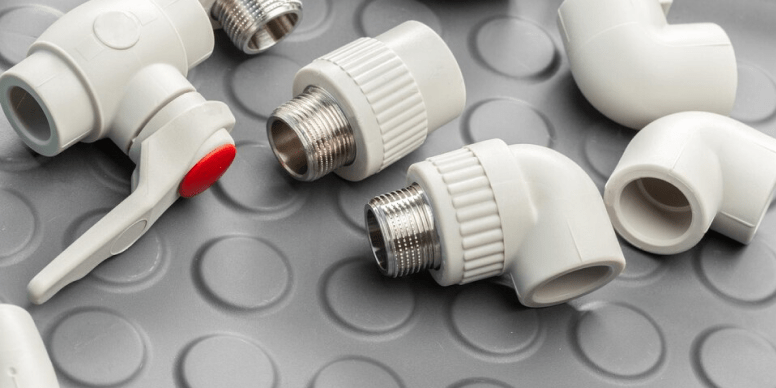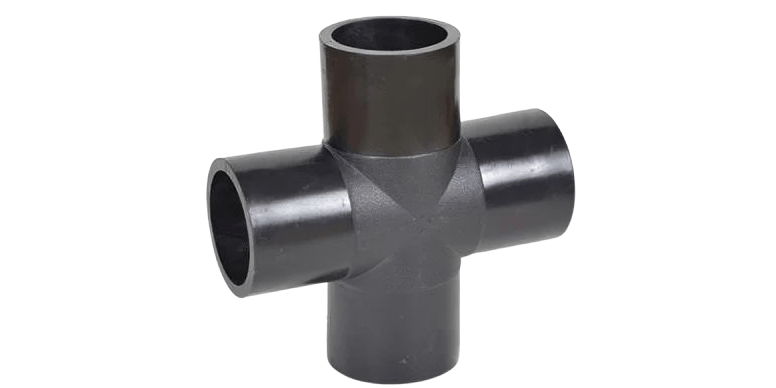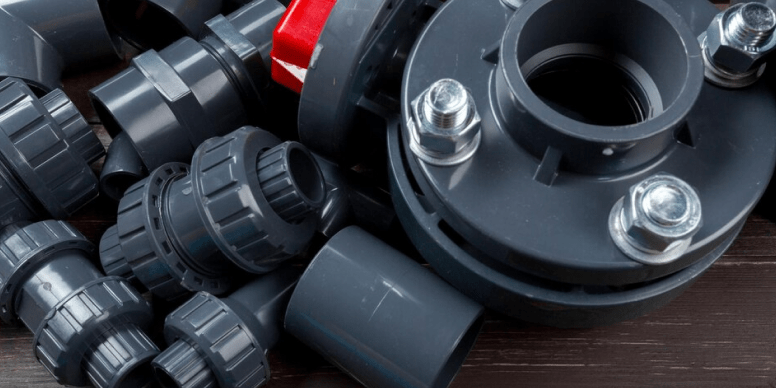Threaded pipe fittings are crucial parts designed to securely join pipes in a variety of industrial uses. This article will explore the top applications of threaded pipe fittings in modern industries, emphasizing their features, benefits, and how they contribute to safety, efficiency, and cost-effectiveness. Whether you’re in construction, oil and gas, or HVAC systems, understanding these fitting roles can help you make informed decisions when sourcing the right components for your projects.
What are Threaded Pipe Fittings?
Threaded pipe fittings are components that connect pipes by screwing them together, with internal or external threads. They come in various configurations like elbows, tees, and couplings, providing reliable, leak-proof connections. These fittings are ideal for applications requiring quick installation and strong, secure connections.
Configurations of Threaded Pipe Fittings
Threaded pipe fittings come in a variety of configurations, each designed to meet specific needs in different piping systems :
Elbows:

Elbows are commonly used to change the direction of a pipe, typically at angles like 90° or 45°. They are crucial for redirecting the flow of fluids or gases in the system while maintaining the integrity of the connection.
Tees:

Tees are fittings that allow for branching off a pipeline, forming a “T” shape. They are essential for creating a split in the pipe system to direct fluid or gas to different areas of the system.
Couplings

Couplings are used to connect two sections of pipe securely. They can be straight or threaded, allowing for easy extension or repair of existing pipelines without the need for welding or complicated tools.
Crosses

Crosses are pipe fittings that have four openings in a cross-like shape, enabling the connection of multiple pipes. They are commonly used in systems where the flow needs to be distributed in different directions, ensuring efficient branching within the pipeline.
Plugs and Caps

Plugs and caps are used to close off the ends of pipes. Plugs fit inside the pipe, while caps cover the outside, both providing a secure seal to prevent leaks or blockages.
Features and Benefits of Threaded Pipe Fittings
Durability and Strength
Threaded fittings are designed to withstand high pressures and temperatures, making them ideal for applications in industries like oil and gas, water treatment, HVAC systems and more. The threaded design provides a strong mechanical connection between pipes, ensuring the system’s integrity over time.
Easy Installation and Maintenance
One of the biggest advantages of these pipe fittings is their ease of installation. The simple process of screwing the fittings onto the pipes reduces the time and labor involved in setting up a piping system. Additionally, they can be easily disassembled for maintenance or repairs without requiring special expertise.
Leak-proof and Secure Connections
These pipe fittings create tight, leak-proof seals that prevent the escape of fluids or gases, ensuring system safety and efficiency. This is especially critical in industries like chemical processing, where even a small leak can cause significant hazards.
Versatility in Material Choices
These fittings come in materials like stainless steel, brass, and carbon steel, each offering benefits such as corrosion resistance, high strength, or affordability. This versatility makes them suitable for various environments, from water systems to high-pressure gas pipelines.
Cost-Effectiveness
Compared to other types of pipe fittings, threaded fittings are generally more affordable. The simple design and ease of installation also reduce labour costs. Additionally, because threaded fittings can be reused and easily replaced, they contribute to cost savings over the lifespan of the piping system.
Applications of Threaded Pipe Fittings in Modern Industries
Threaded fittings are vital in many industries because of their flexibility, dependability, and effectiveness. They are widely used in different applications, making them indispensable. Here are some common uses of threaded fittings in modern industries:
Construction Industry
In the construction sector, these pipe fittings are key components of plumbing systems that carry water, gas, and air throughout buildings. These fittings are used in both homes and commercial properties to connect water lines, heating systems, and gas pipelines. They provide secure, leak-proof connections that help keep the system intact, even when under high pressure.
Oil and Gas Industry
In the oil and gas sector, these pipe fittings are crucial for connecting pipes that transport crude oil, natural gas, and other fluids under high pressure. These fittings are built to handle extreme temperatures and pressures, making them perfect for use in pipelines and drilling rigs. Many of these fittings are made from corrosion-resistant materials, which help extend the life of the pipes in tough environments.
Chemical and Pharmaceutical Industries
Threaded fittings are widely used in the chemical and pharmaceutical industries to safely transport chemicals, solvents, and other substances. These industries need fittings made from high-quality materials that resist corrosion, ensuring leak-proof connections that keep the transported substances secure and safe.
HVAC Systems
In HVAC (Heating, Ventilation, and Air Conditioning) systems, these pipe fittings are used to connect refrigerant lines, air ducts, and water piping systems. These fittings are simple to install and maintain, making them an excellent option for both residential and commercial HVAC systems. By maintaining tight seals, they ensure efficient temperature control and help save energy in buildings.
Ship Building Industry
In shipbuilding, threaded fittings are crucial for connecting pipes that carry fuel, water, and other fluids on ships. These fittings must be able to withstand harsh marine conditions, including saltwater, which can cause corrosion. By using corrosion-resistant materials, threaded fittings help keep the onboard systems safe, leak-free, and operational.
Threaded pipe fittings are essential for providing secure and efficient connections across various industries, including construction, oil and gas, power generation, shipbuilding, and more. Their ability to withstand high pressure, extreme temperatures, and corrosive environments makes them indispensable.
For reliable threaded pipe fittings, Riyaarth Overseas offers a wide selection designed to meet industrial demands. Explore our solutions for enhanced performance and durability.
FAQ's
A threaded pipe fitting is a component used to connect pipes by screwing them together. It has internal or external threads that create a secure, leak-proof connection. These fittings are available in various shapes such as elbows, tees, and couplings.
Threaded pipe fittings are widely used in industries like construction, oil and gas, HVAC, chemical processing, and shipbuilding. They provide reliable connections for transporting fluids and gases. Their versatility makes them suitable for both residential and commercial applications.
A threaded coupler is a pipe fitting used to join two sections of pipe. It has threads on both ends, allowing it to connect threaded pipes securely. This makes it ideal for extending or repairing a pipeline.
Threaded pipe fittings offer several benefits, including durability, ease of installation, and cost-effectiveness. They create strong, leak-proof connections, making them ideal for a wide range of applications. Their simple design ensures quick installation and maintenance, contributing to both safety and efficiency in piping systems.
Yes, threaded pipe fittings are commonly used in gas pipelines. They provide secure and leak-proof connections for transporting gases like natural gas and propane. However, it is crucial to use appropriate materials and sealing methods to ensure the safety and reliability of gas systems.

